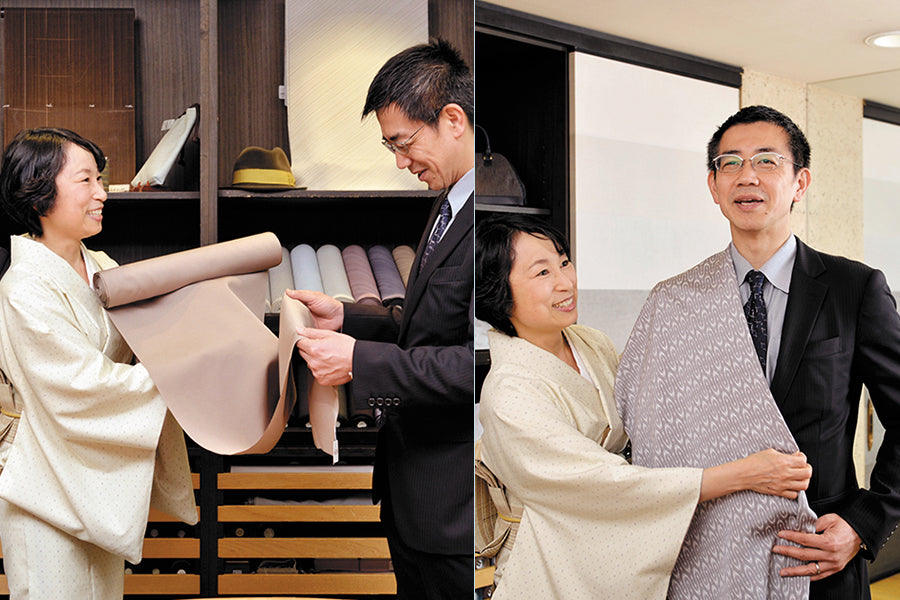Shopping for a kimono is a completely different process for shopping for a dress or a suit off the rack, therefore we have created a guide to help you understand the process of your visit to Ginza Motoji. From choosing the kimono, to taking measurements, and to shipping abroad, we will dive deep into the flow of choosing your special piece.
Visiting our store
Step 1
The brand Ginza Motoji is composed of two different stores, one for men, and one for women. Waori・Wasen specialises in fine kimono for women, and Otoko no Kimono serves all the needs of fashion conscious kimono wearing men.
Read more about each store below.
Please let us know before you visit, so we can ensure an English speaker is here to help you. Follow the link below to book an appointment at Ginza Motoji
If you are visiting from abroad, please ensure to bring your passport so you can make a tax-free purchase. Tax-free is only available to visitors who are temporarily available in Japan, and is not available to Japanese citizens or foreign residents.
Step 2

With an experienced staff member, we will guide you through the different types of kimono, and find one that suits you and your needs. You can choose from hundreds of different kimono from all over Japan, with items from the northern regions to the southern islands.
At Ginza Motoji, most of our kimono are made of silk, but you can still find kimono of cotton, and of rare fabrics such as Jofu.
When it comes to seasonality, kimono are roughly divided into three categories.
袷 Awase, or lined kimono are worn in the colder months
単衣 Hitoe, often use the same or lighter fabrics, and are tailored without a lining. These kimono are worn in the transitional seasons, such as the beginning of autumn in september, and the the end of spring as it gets warmer.
薄物 Usumono, are kimono worn in the summer time, mainly in July and august. They are sheer, and made with open weaves such as 絽 ro 羅 ra and 紗 sha.
In kimono, the difference between casual, formal, and everything in between is strictly defined. We can help you find the perfect item, whether it be something dressy, or something a little bit more casual.
Read more about formality here
Step 3
Once you have chosen your kimono, the next step is to try it on. As untailored kimono are just rolls of fabric, we will drape the fabric, and make the shape of a kimono directly on the body. By doing this, you can get an idea what the kimono will look like when worn.
Once you are draped in your preferred fabric, we will then try on a few different obi to find the perfect one for you.
Step 4
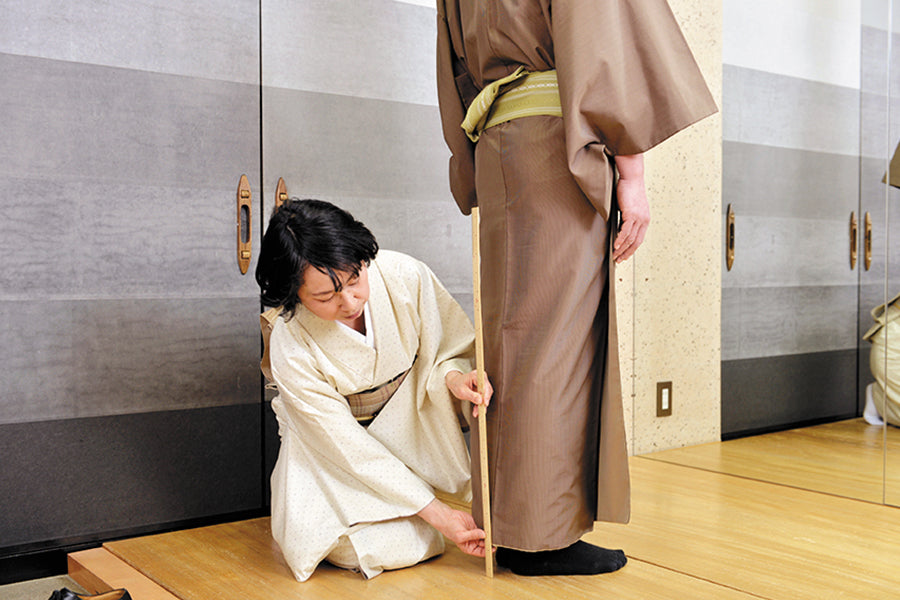
As kimono are traditionally order made to fit the wearer, we will then take multiple measurements to make sure it fits perfectly. If you have time, we can also offer a basting service, where the half-sewn kimono can be tried on and slightly altered ensuring the ideal fit.
Step 5

Finally, we will produce an bill with a breakdown of each item.
If you would like to avail of our tax free service, please bring your passport on the day. It usually results in a discount of around 10%.
Once the payment has been made, we will send the fabrics to the tailor. As kimono are all traditionally hand sewn by skilled tailors, the process takes a little over a month.
If you are not living in Japan, we will send the kimono to your country via private courier. Please be aware of import taxes that may incur. This depends on the country of import, and is not something we can calculate.
Photo Hiroyuki Ooe
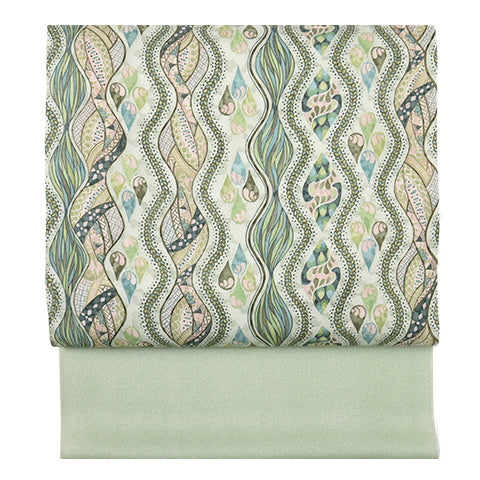 名古屋帯
名古屋帯
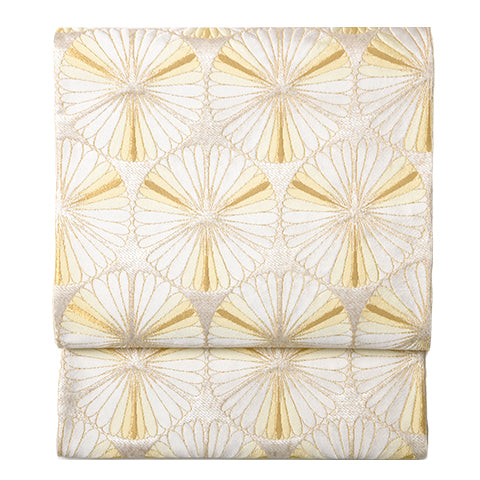 袋帯
袋帯
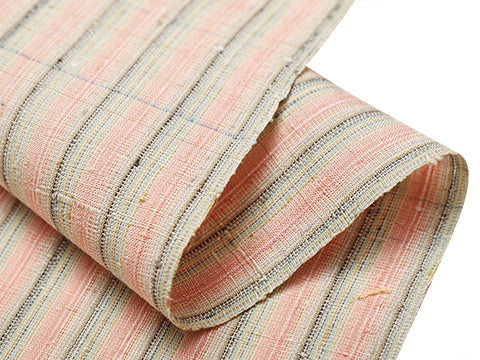 紬・綿・自然布
紬・綿・自然布
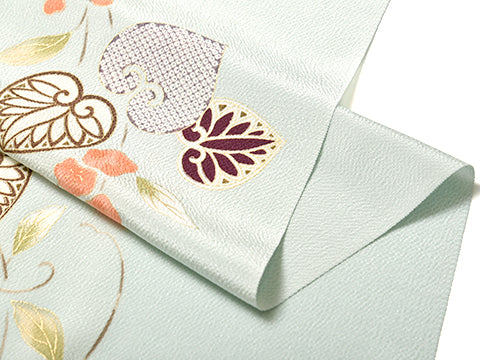 小紋・江戸小紋
小紋・江戸小紋
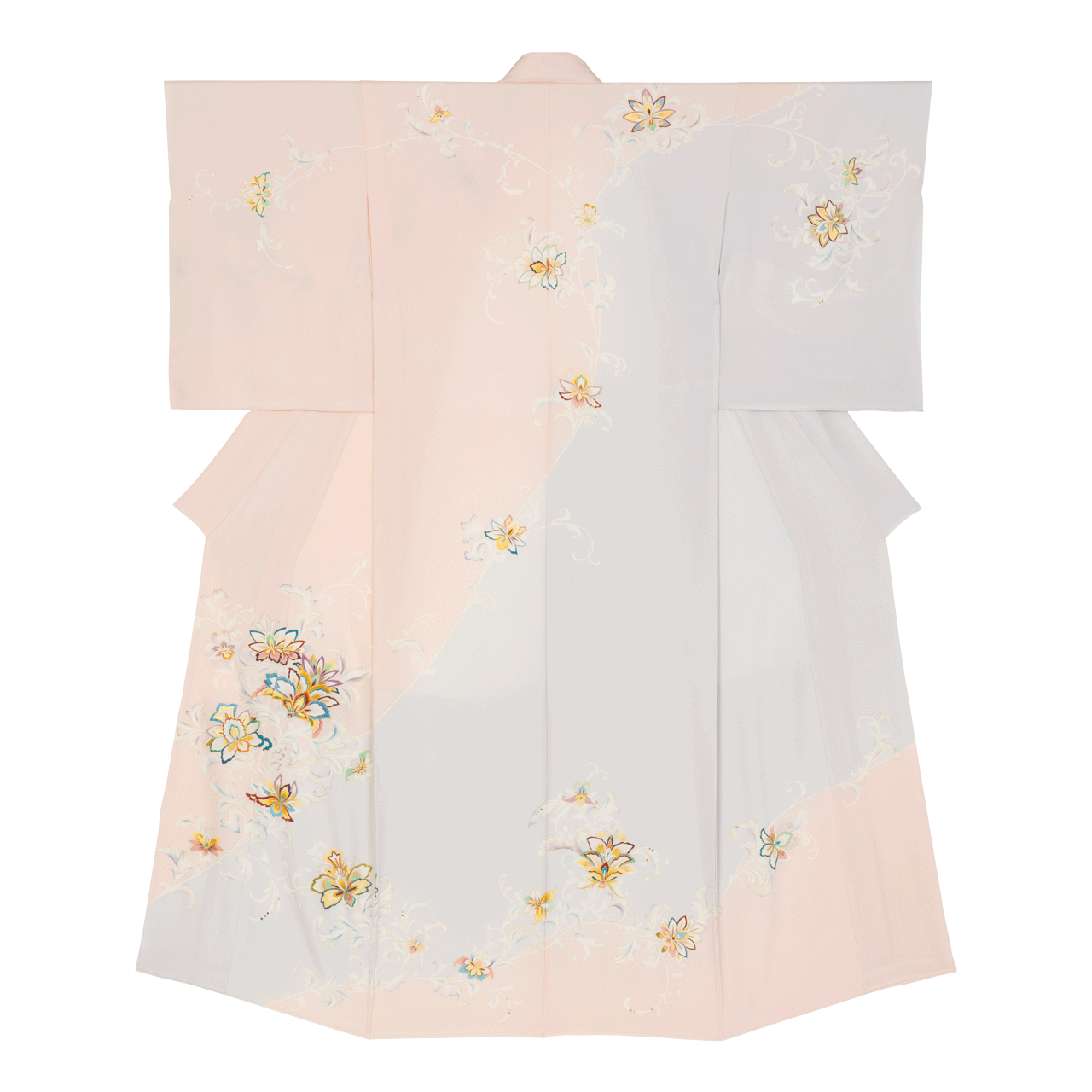 訪問着・付下げ・色無地ほか
訪問着・付下げ・色無地ほか
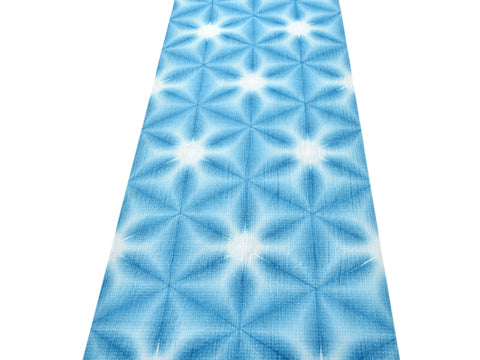 浴衣・半巾帯
浴衣・半巾帯
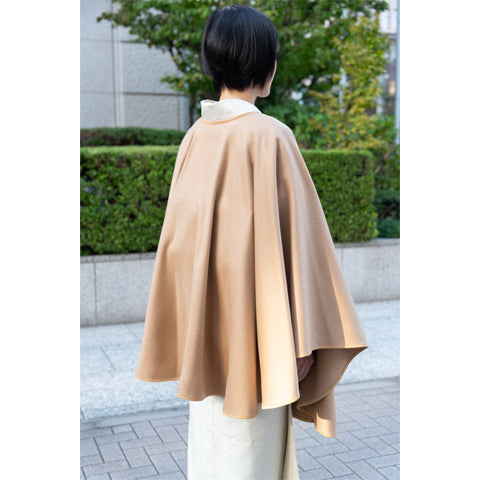 羽織・コート
羽織・コート
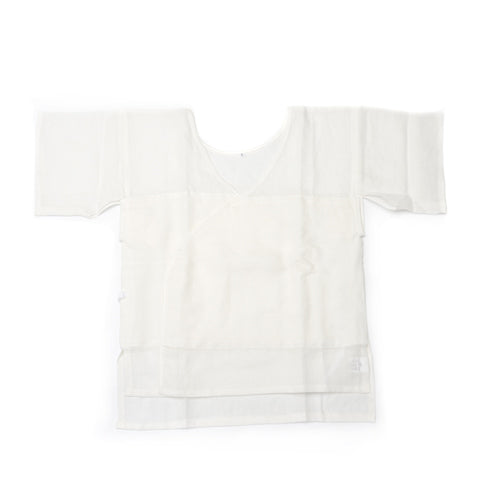 肌着
肌着
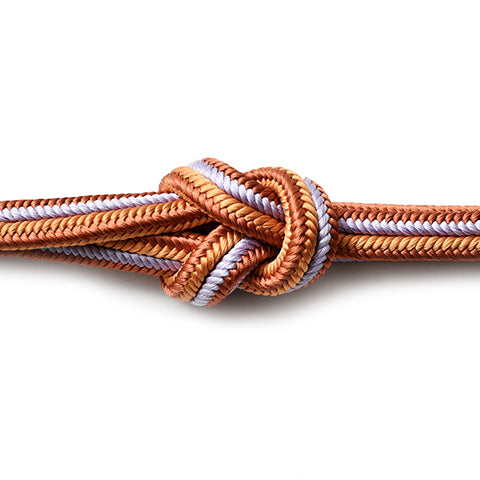 小物
小物
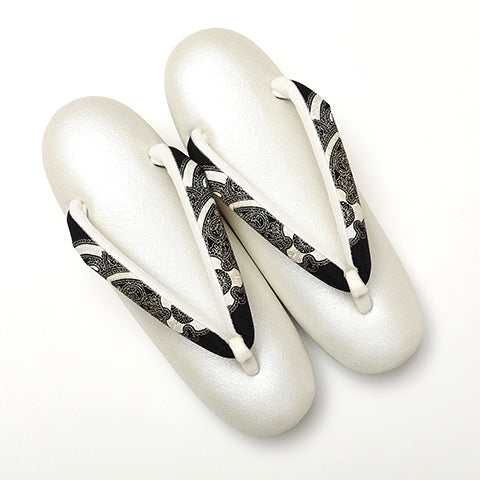 履物
履物
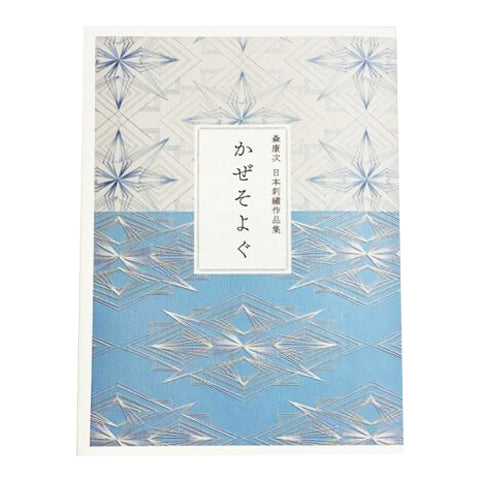 書籍
書籍
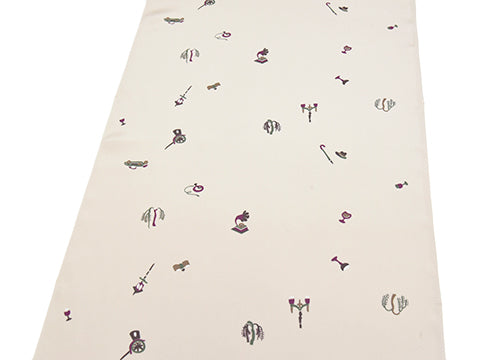 長襦袢
長襦袢
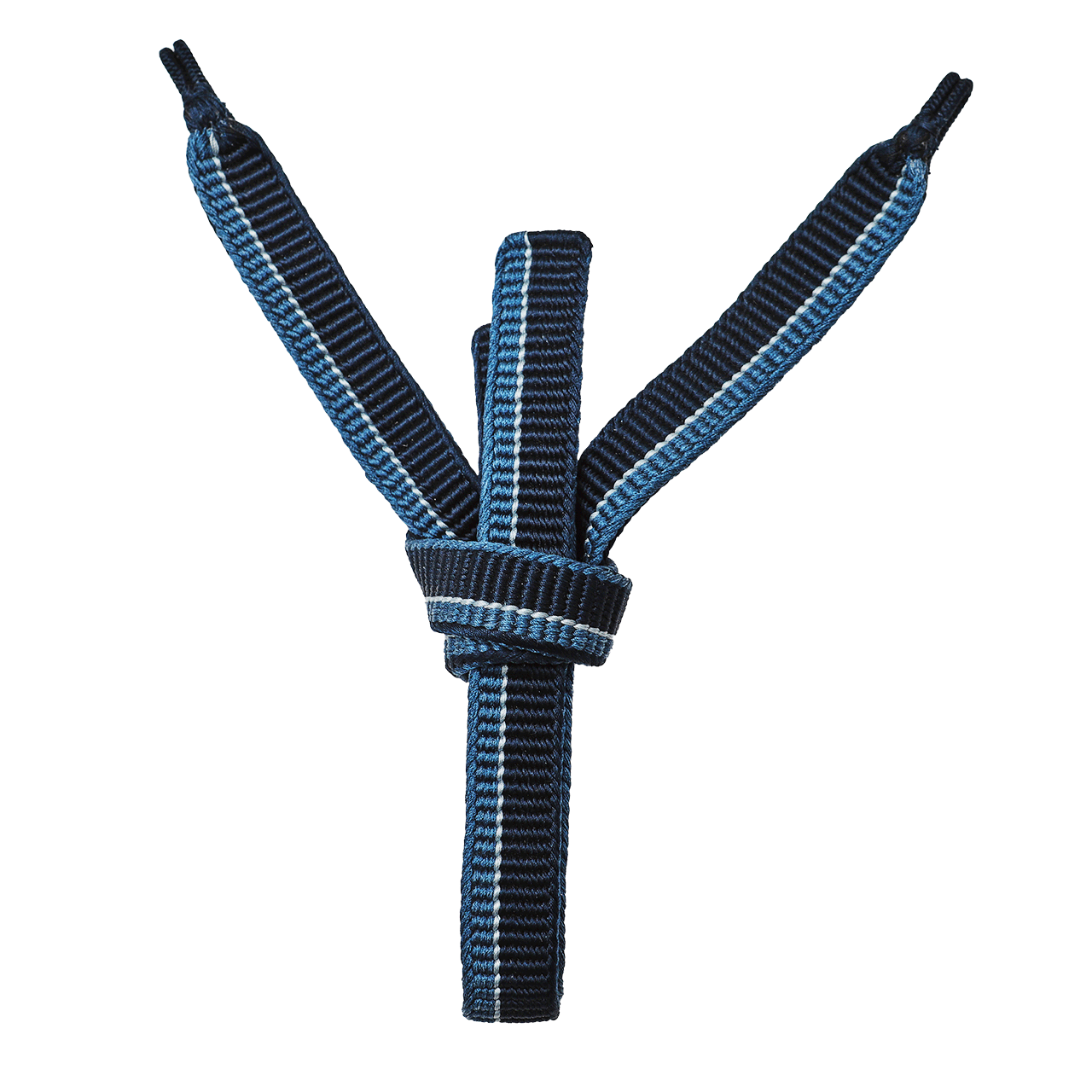 小物
小物
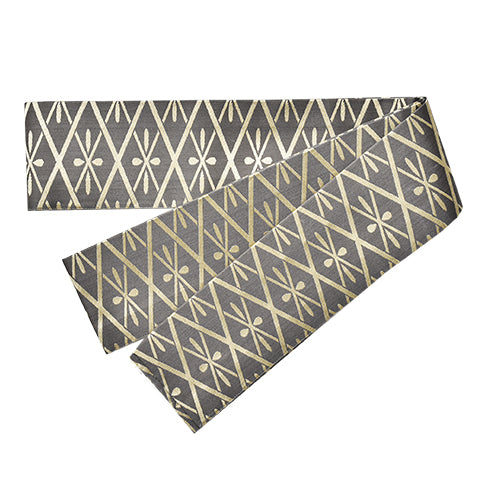 帯
帯
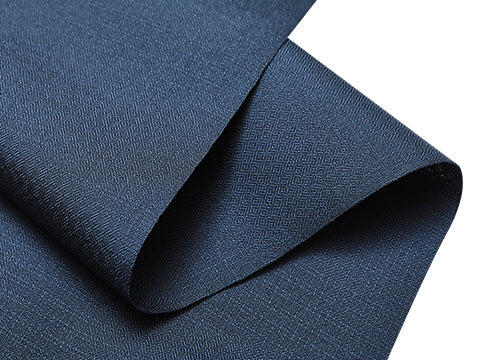 お召
お召
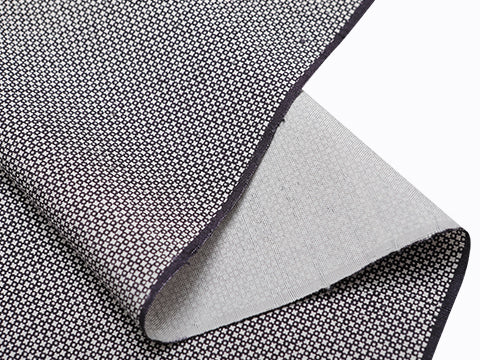 小紋・江戸小紋
小紋・江戸小紋
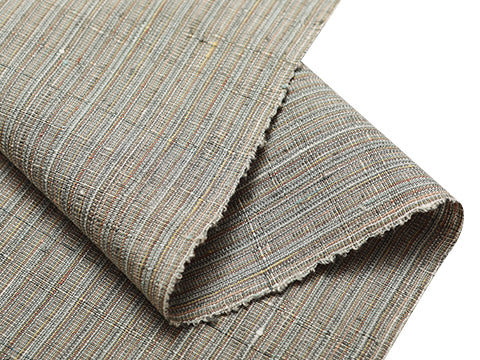 紬・綿・自然布
紬・綿・自然布
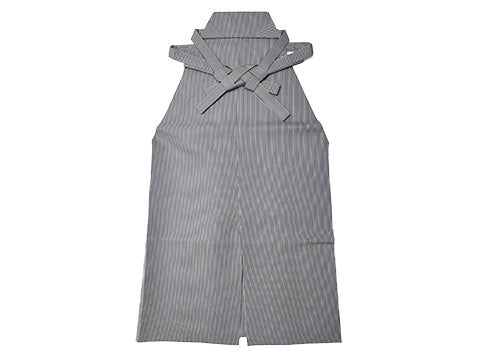 袴
袴
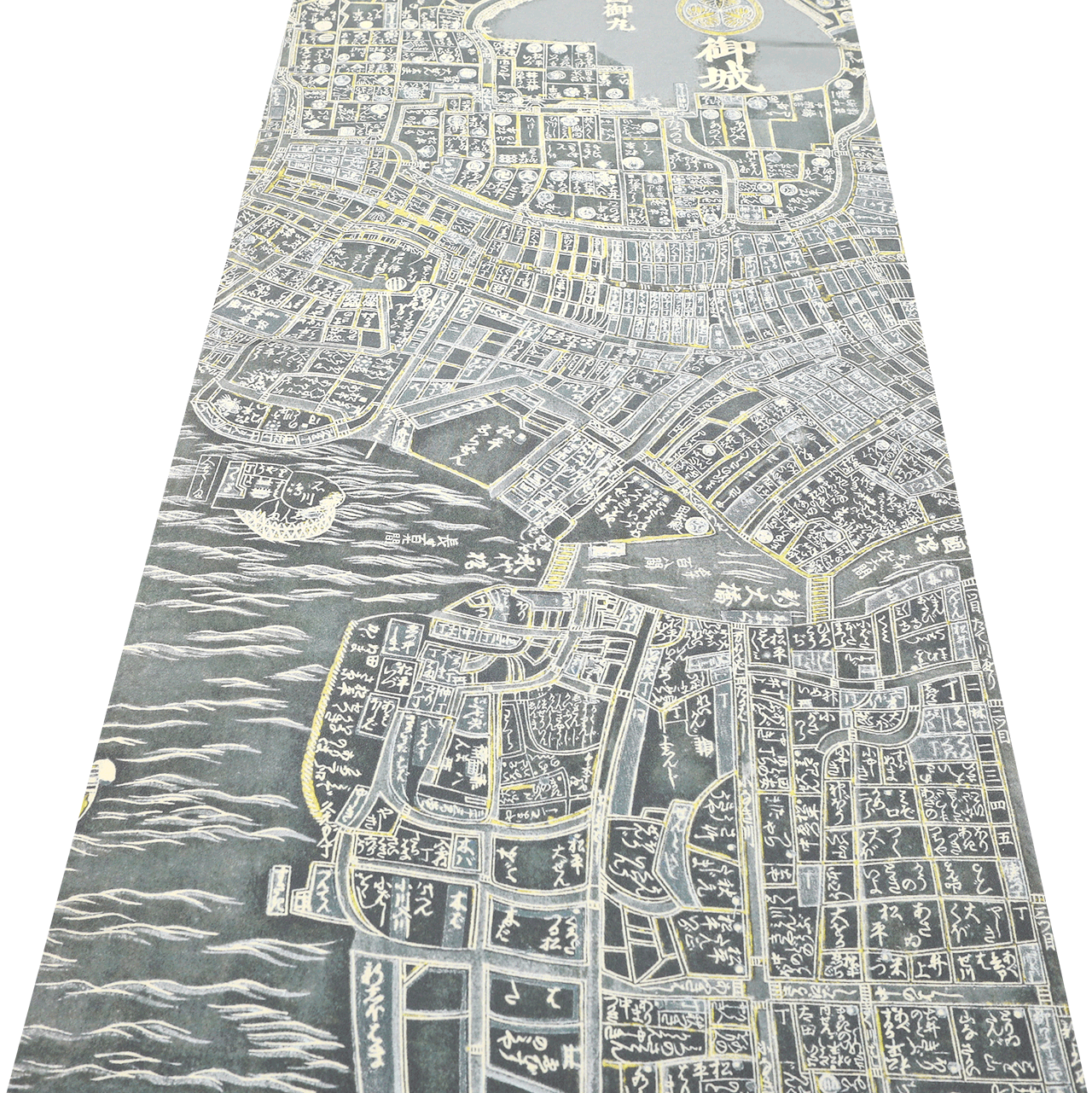 長襦袢
長襦袢
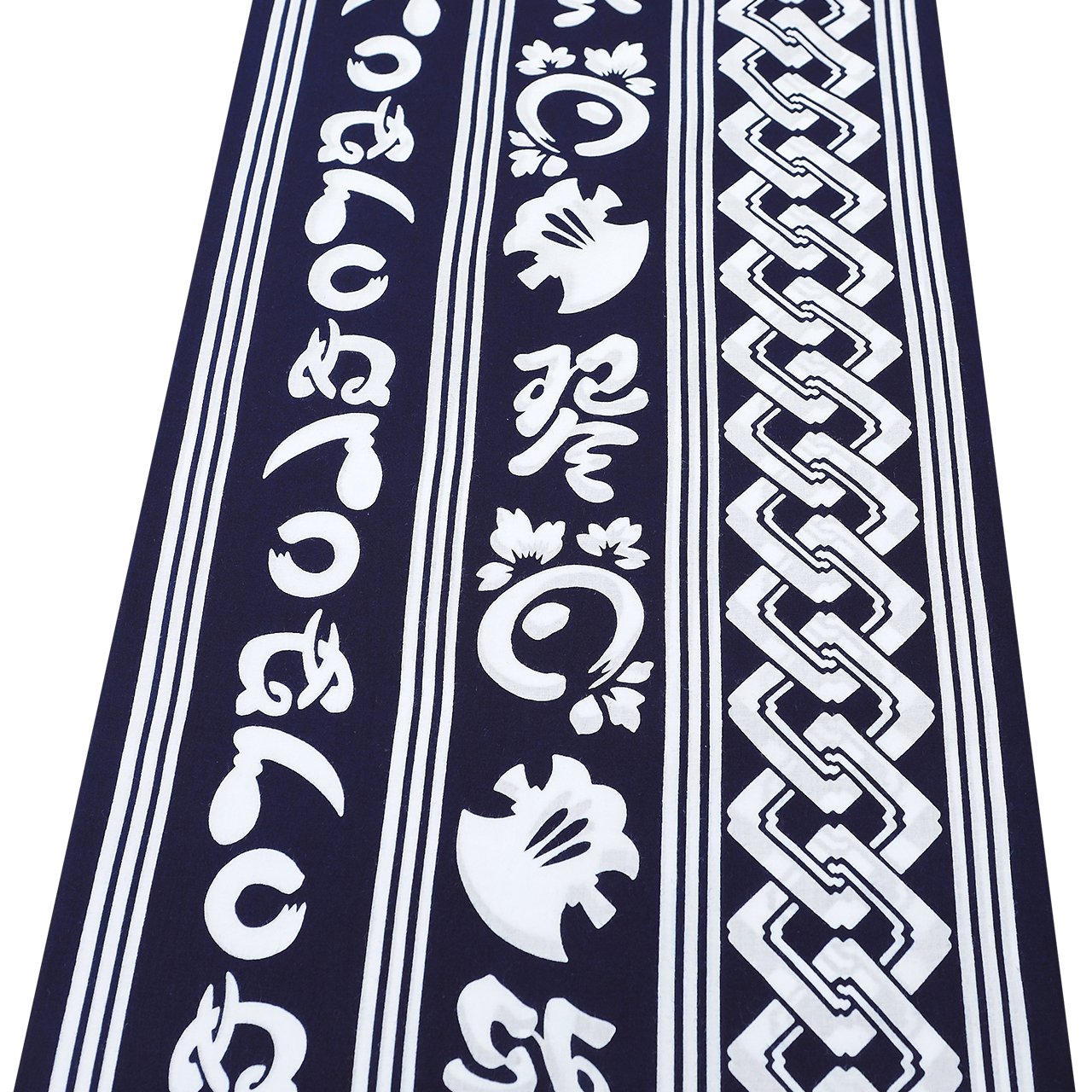 浴衣
浴衣
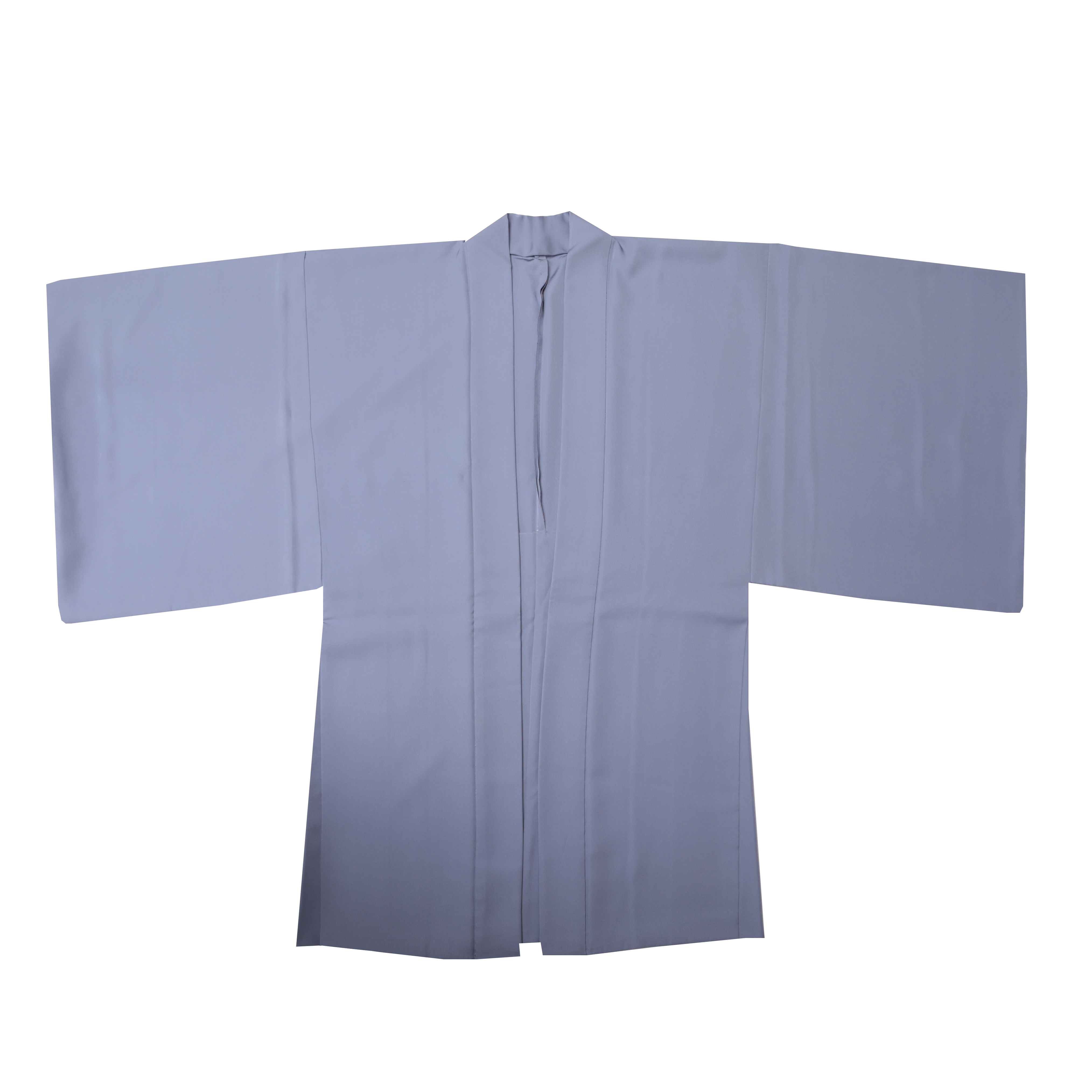 羽織・コート
羽織・コート
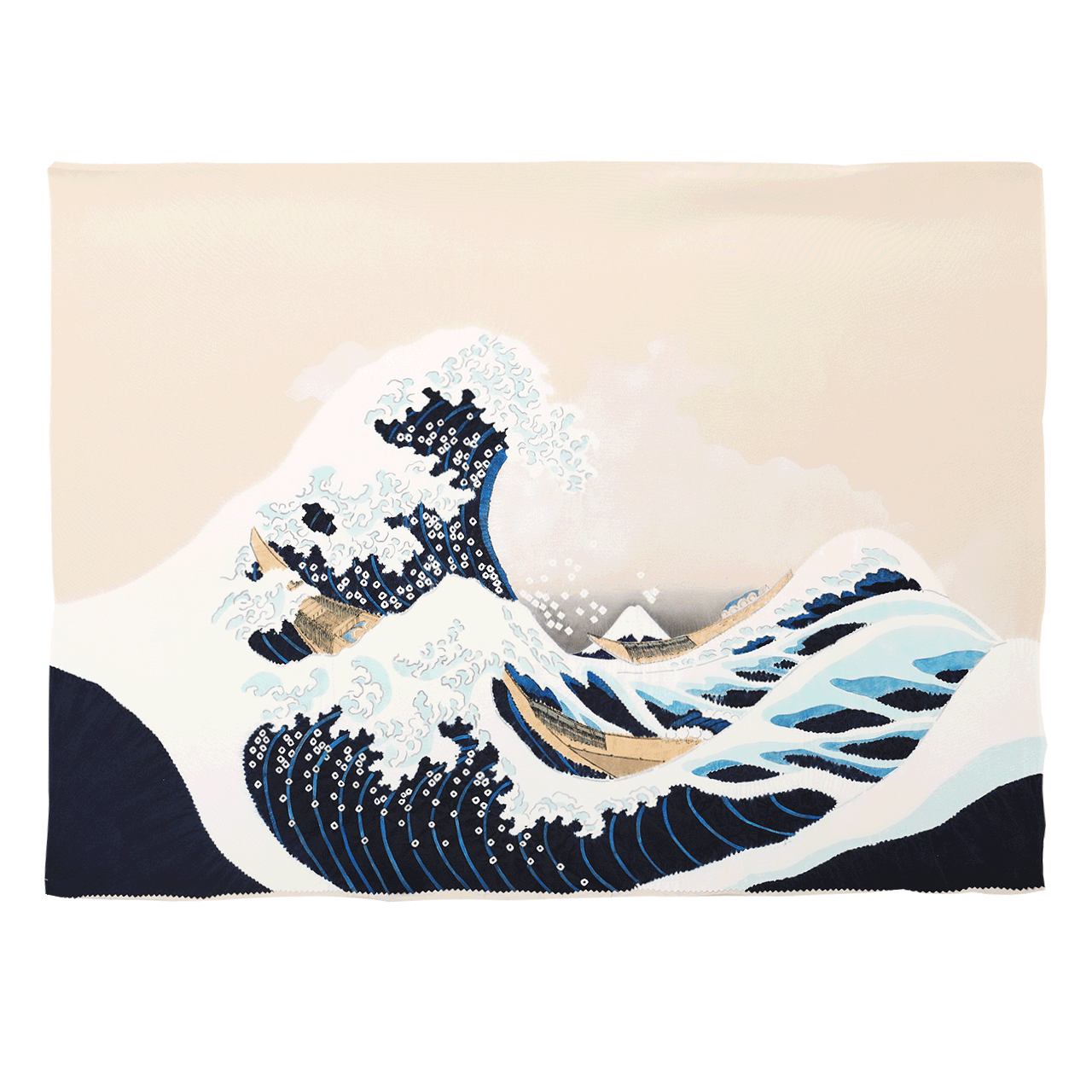 額裏
額裏
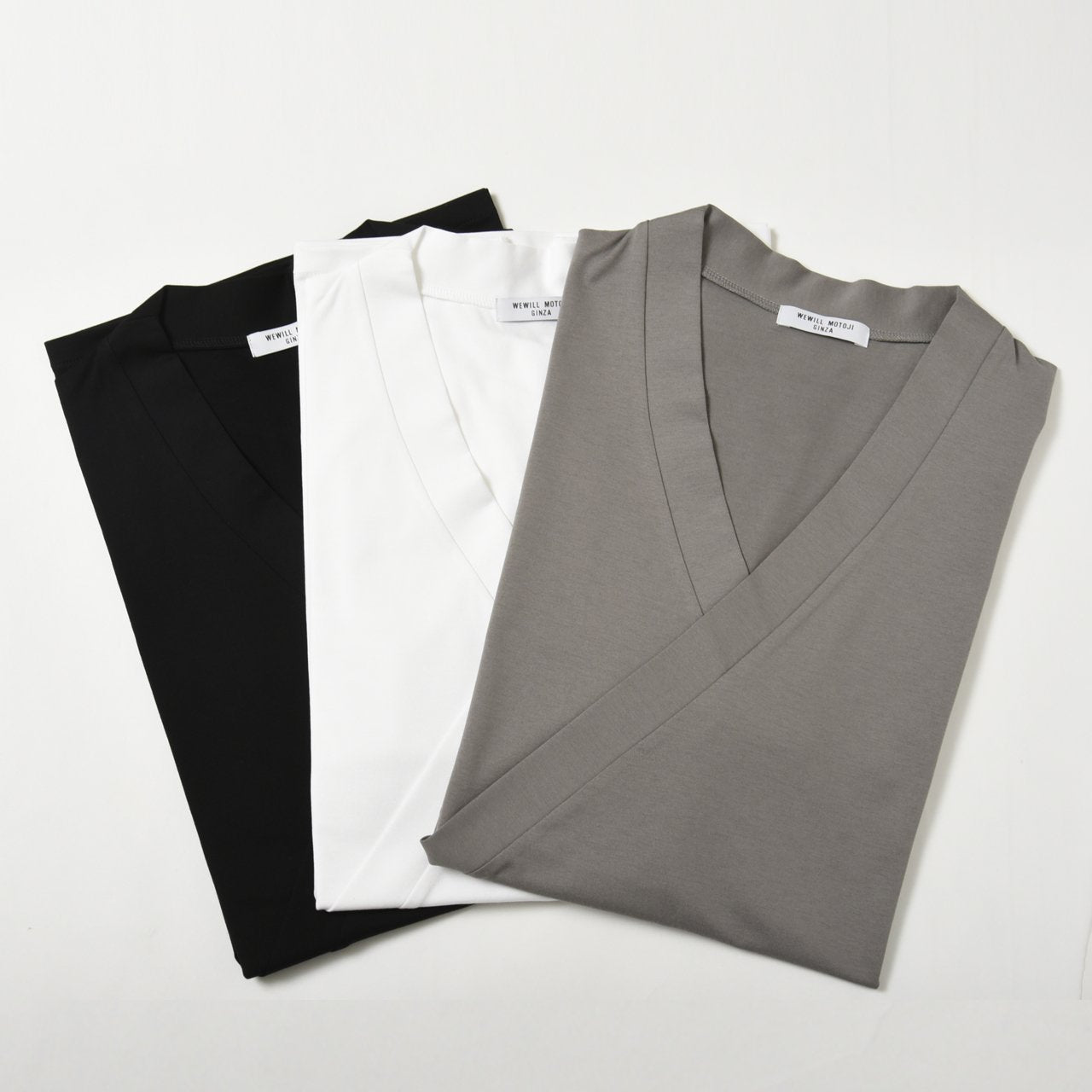 肌着
肌着
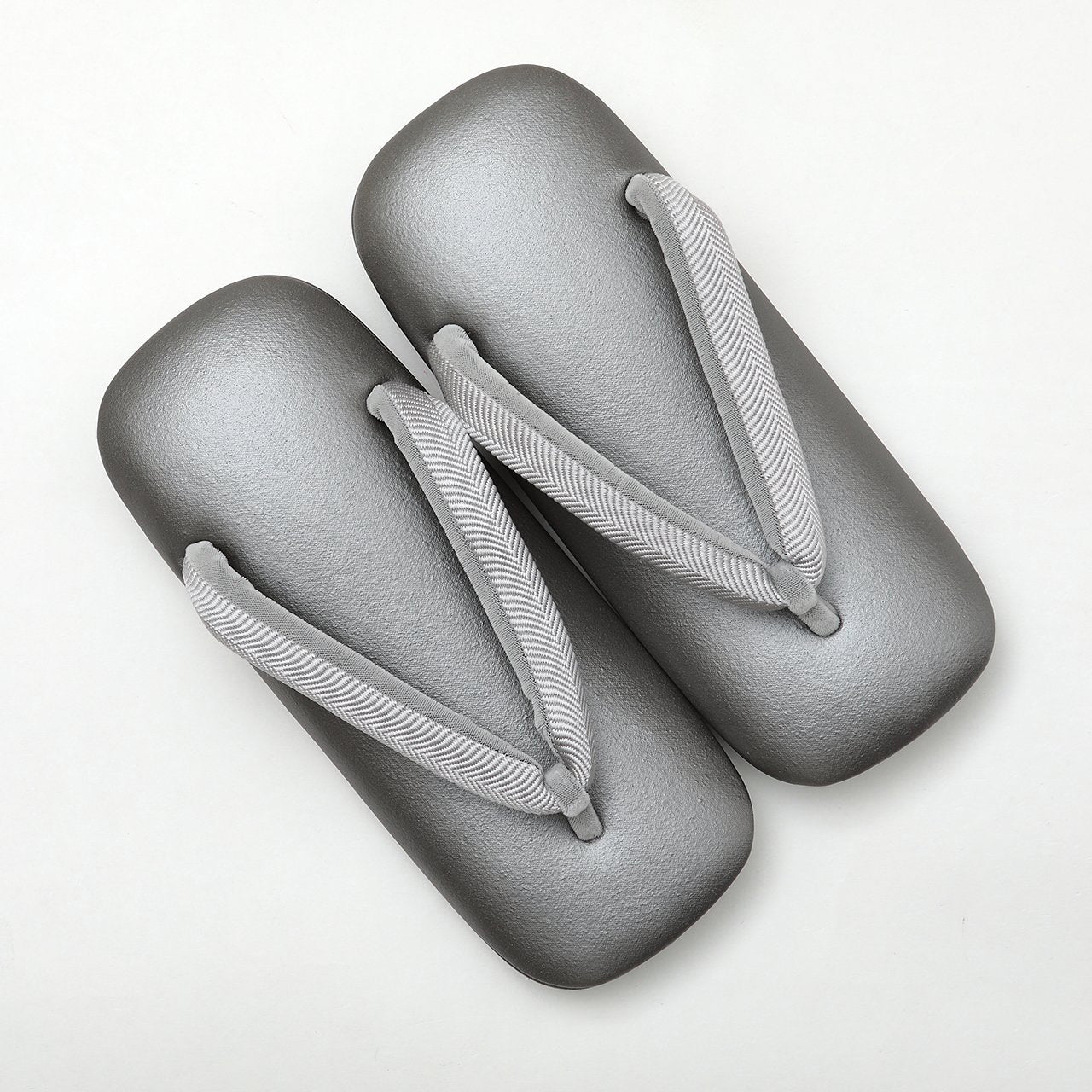 履物
履物
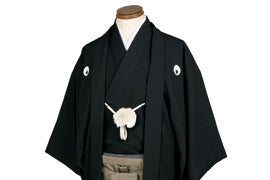 紋付
紋付
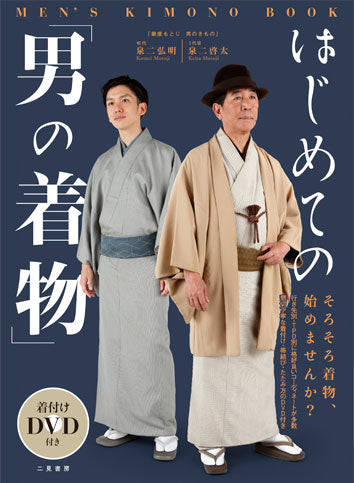 書籍
書籍
